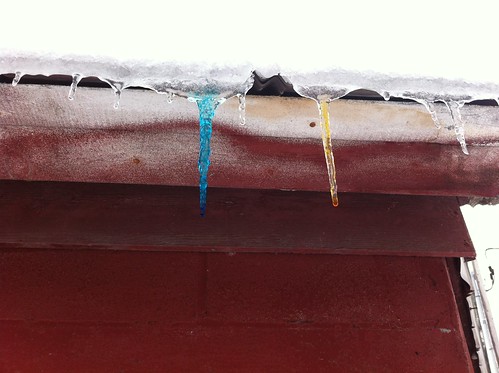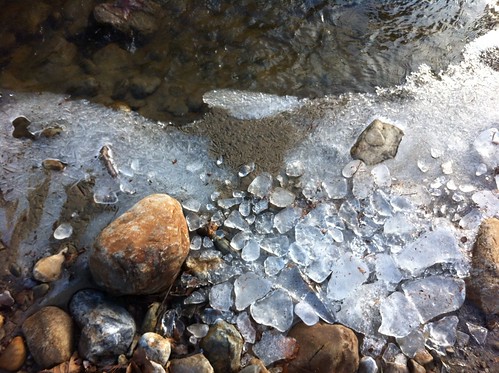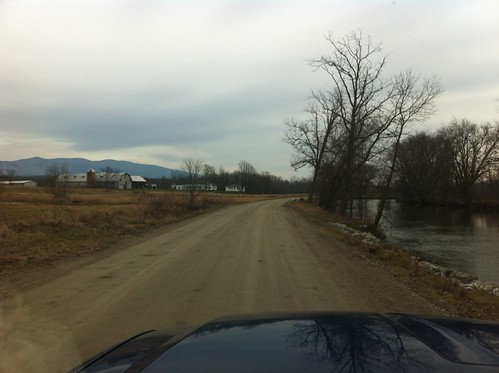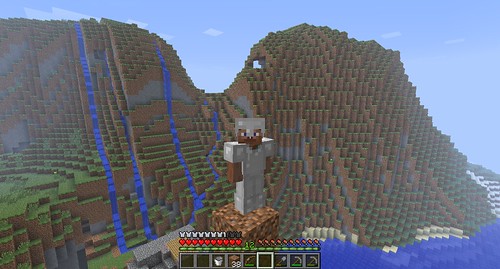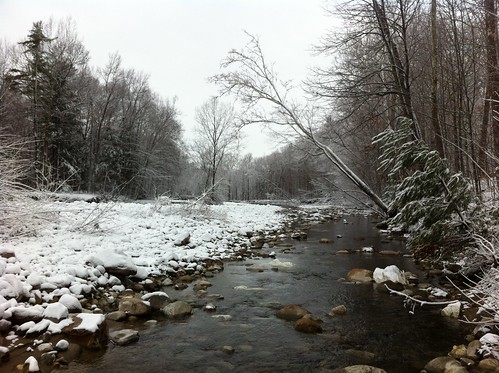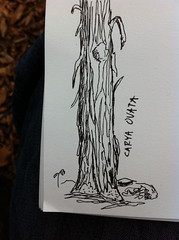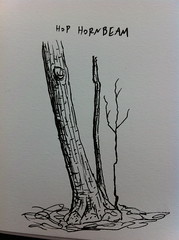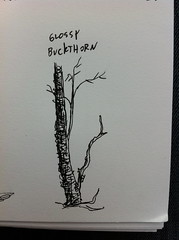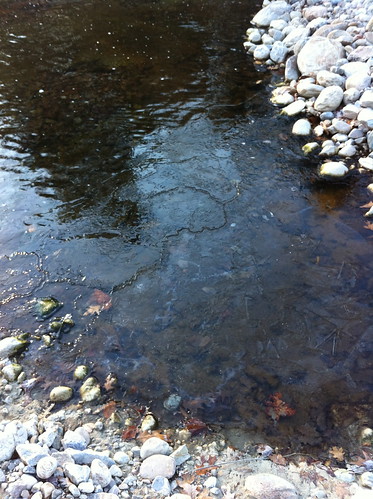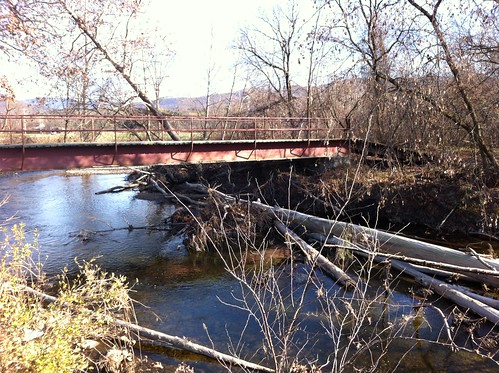If you drive north from Los Angeles on Highway 5, you drive through
a remarkable pass. After meandering upward past the Santa Clara River and hillsides of
chaparral, you enter a wide valley, a 'triple-point' of sorts where the Mojave Desert, the chaparral-covered coastal mountains, and the foothills around the Central Valley all come together. After cresting the Tejon pass at just over 4000 feet of elevation, you plunge into an extremely steep and narrow canyon known as 'The Grapevine' - both because wild grape vines carpet the canyon walls, and because the road itself twists up the canyon like a giant vine. Approaching the area from the north at night, from the flat Central Valley, the row of taillights ahead appears to ascend, in a wide bend, straight into the sky.
A lot of people funnel through this pass every year, and the passage isn't easy. The wide Central Valley to the north creates a giant funnel, channeling not only travelers, but also north winds, straight into the pass. Winds near hurricane force are not uncommon in the winter. Clouds often form as the air rises over the pass, creating dense fog. Worst of all, because the pass captures winds and moisture from the colder north, blizzards often rage on the north side of the pass, even when Los Angeles, 50 miles to the south, is sunny and warm. Meanwhile, in the summer, dry heat from the Mojave Desert and Central Valley build in, leading to temperatures well over 100 degrees, and dozens of overheating cars on any summer day. Because of the unique climate, blue oaks and buckeye trees normally found further north grow on the north side of the pass, while a few miles to the south Joshua trees are clumped in the gullies. It is a place of convergence, but not a gentle place. Even today, passing through The Grapevine can be treacherous, and the pass is known for its road closures and chain-reaction accidents.
The pass is a prominent and important place, and in 1991, two artists -
Christo and Jeanne-Claude - decided to fill the pass with giant umbrellas as part of a giant art exhibit. The effect was visually fascinating, but I can't help but speculate that if the artists thought this was a good idea, they had never tried to drive through this pass during a winter storm. Sure enough, by late October a windstorm swept into the area. One of the umbrellas was ripped from the ground and tossed at several people looking at the art exhibit... and a woman was crushed and killed by the umbrella.
Christo is now
planning to stretch 7 miles of fabric over the Arkansas River in Colorado.

(above - approaching the Tejon Pass from the south. Clouds banked up against the mountains in winter sometimes warn of a localized blizzard just around the corner)


